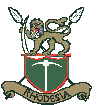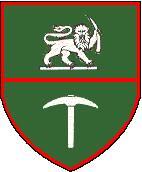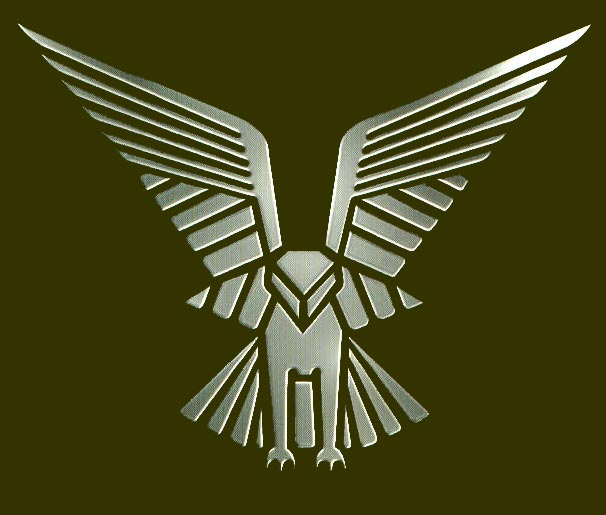|

| |
Sweeps
SECTION 1: INTRODUCTION
- Aim. The aim of a sweep is to search an area
thoroughly and to ensure that no enemy remains undetected, or is able to
escape.
- Value. Because of the difficulties involved in
control and direction keeping, sweeps are very rarely successful in the
bush. Their value has usually been very small in comparison with the number
of troops required.
- Principles. The following principles must be
observed if the sweep is to have any chance of success:
- Good security (secrecy in preparation and secrecy of movement).
- Sufficient troops for the task.
- The area to be swept must be limited. A very common error is to sweep
an area too large for the force available.
- Good control, which also implies good communication, e.g., use of
report lines.
- Clear orders.
- A rate of advance slow enough to ensure a thorough search of the area.
- Reconnaissance. This may not be possible as it
will often be an indication of subsequent operations.
SECTION 2: ORGANIZATION
- Groups. The available forces must be divided
into three groups:
- Stop groups.
- Sweep group.
- Reserves.
- Stop groups. Stop groups must be able to provide
a high rate of accurate fire.
- Composition. Stops will be small and each should
therefore include one or more automatic weapons. Each stop should be
commanded by at least a non-commissioned officer.
- Siting.
- Stops should be within visual distance of each other, but must be
concealed from anyone flushed by the sweeping party.
- It must be possible for the area between stops to be covered by
fire.
- Stops will normally be placed on three sides of the area to be
swept.
- Stop lines must be denoted by clear, unmistakable features and
known to the sweep party and reserve.
- Method of operation.
- Stops must move to their positions by a covered route to avoid
being seen arriving, and must remain concealed on arrival. Any
person met en route to stop positions must be detained until the end
of the operation.
- To avoid disclosing the position of stops, stray individuals who
try and break the stop line should, if possible, be detained
silently.
- on arrival of the sweeping party, stops should stand up and give
the prearranged recognition signal.
- Discipline. This must be strict, particularly as
stops will be spread out and often out of sight and hearing of an
officer. Stops must be ready for instant action throughout the
operation, and all noise, smoking and fires forbidden.
- Sweep group.
- Aim. The aim of the sweep group is to search an area and to ensure
that all the enemy elements are located.
- The following points must be noted:
- Flexibility.
- The density of the vegetation in the sweep area will vary from
open country, requiring relatively few searchers, to dense bush,
built-up areas, outcrops, cultivated lands and settlements,
necessitating the use of more troops to complete the task
efficiently. It is therefore essential that a commander be able
to concentrate or spread out his troops in accordance with the
terrain.
- It follows that the sweep should not merely consist of an
evenly spaced line of individuals, but rather of a line of
sub-units, each carrying out a specific task. Report lines, in
particular, will indicate the progress of each and will allow
for any reallocation of tasks, should the situation warrant
this. Report lines are especially necessary if the sweep is to
cover a large area.
- Strict supervision at all levels must be ensured so that the
ground is covered.
- Every possible hiding place must be searched.
- The rate of advance must be slow enough to ensure that a proper
search is conducted.
- The sweep party must be ready to engage a fleeing target should
the need arise.
- Reserve. A reserve must be available to carry out the
following tasks:
- To engage and destroy any terrorists who offer organized resistance
inside the area being swept. The commander should, whenever possible,
have a reserve force, well-armed with automatic weapons and rifles,
under his personal command and located near him, to deal with any gang
which may give serious and prolonged resistance. The size of this force
will depend on the size of the total force taking part, and on the
degree of resistance expected.
- To follow up and destroy any parties of terrorists which break through
the stop line. The ideal is to have in the stop parties a patrol in the
middle of each side of the area being swept, to follow up and destroy
any gangs which may escape from the area. If there are insufficient
troops to permit the commander to cover every side of the swept area in
this fashion, he should deploy his follow-up troops to cover the most
likely escape routes.
SECTION 3: CONDUCT OF SWEEPS
- There are many variations to this type of operation and the conduct will
be dependent on a number of factors. For example:
- Nature of the ground.
- Time available.
- Forces available.
- The conduct may vary from a simple linear sweep in fairly open country to
a complex systematic search by a carefully controlled and coordinated series
of patrols in dense bush or forests. In some cases it may become necessary
to conduct a sweep of a village.
SECTION 4: GENERAL
- Aircraft. A spotter aircraft or helicopter is invaluable and may be
available. It helps the forces to maintain direction as well as spot
terrorist movement. It must be in radio communication with the commander of
the operation, with both sweep and stop parties, and with the reserve when
deployed. The use of an aircraft does tend to give away positions to the
terrorists.
- Recognition.
- A recognition signal must be decided upon beforehand and known to
everyone taking part.
- All civilians participating must wear distinctive headdress and
armband.
- Radio. If the sweep is a battalion operation, control may be in the form
of a normal battalion radio net to companies, each company having its own
forward net. In some cases it may be more satisfactory to control all the
platoons on the battalion net, the battalion's forward control set being r
sited on a prominent feature which can dominate the whole area of operation.
- Trackers. In thick bush, due to restricted visibility, patrols must
concentrate more on searching for terrorist signs and tracks than on the
hope of seeing them in person. A high standard of fieldcraft is therefore
required and every tracker available must be allocated to the platoons
taking part in the operation. Patrol dogs may also be used to great
advantage to locate hidden terrorists, or to follow fresh tracks. They may
even be let loose by their handlers to flush terrorists.

Legend
- Limit of sweep.
- Direction of sweep.
- Command element.
- Sweep parties.
- Stops and follow-up groups.
- Reserve.
- Fire support.
- Start line.
- It may be necessary to subdivide the area into unit/subunit areas of
responsibility.

Legend
- Limit of sweep.
- Command element.
- 3. Stop groups.
- Sweep parties.
- Fire support.
Legend
- Limit of sweep.
- Command element. 3. Sweep parties. 4. Inter-unit/sub-unit boundaries. 5.
Stop and follow-up groups. s of 6. Reserve. 7. Fire support.

Legend
- Command element.
- Inner stop groups.
- Outer stop groups.
- Sweep parties.
- Reserve.
- Inter-unit/sub-unit boundaries.
|




